Five Ways Hospice Helps Everyday Americans
Thinking about death is hard; it’s uncomfortable. But there are brave people across the country who work in hospices every day to provide high-quality care for people on their end-of-life journeys, as well as their loved ones. Hospice is the original model of care that is patient- and family-centered and driven by patient goals. For more than 40 years, hospices have ensured that each patient, and their loved ones, are supported by an interdisciplinary care team that includes physicians, nurse practitioners, registered nurses, social workers, spiritual caregivers, counselors, therapists, hospice aides, and trained volunteers.
Congress created the Medicare Hospice Benefit in 1982, and it was implemented in 1983. Today, more than half of Medicare beneficiaries who qualify for hospice choose hospice care. In 2019, more than 1.6 million Americans received hospice care.
For the reasons outlined here, and for the millions of Americans who have and will benefit from hospice care, we should continue to ensure that everyone who wants to can access the hospice benefit.
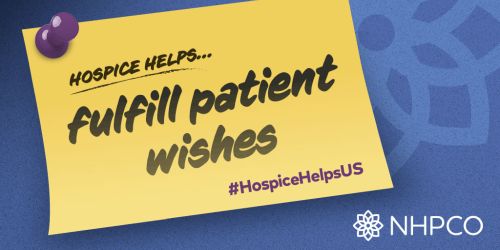 End-of-life wishes fulfilled
End-of-life wishes fulfilled
Research shows that families of hospice patients are more likely than non-hospice patients to report that their loved ones had their end-of-life wishes fulfilled.
Learn more: For more info, see this summary of a study first published in the Journal of Clinical Oncology.
Share: Retweet this
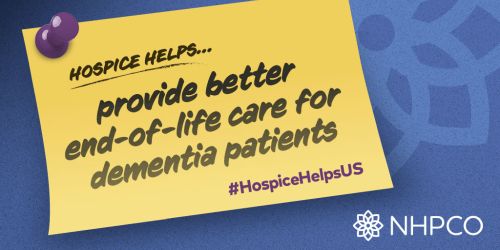 Better end-of-life care for dementia patients
Better end-of-life care for dementia patients
National data show “hospice-enrolled people living with dementia had higher-quality last-month-of-life care” than those who don’t receive hospice care.
Details: See this study published this year in HealthAffairs.
Share: Retweet this
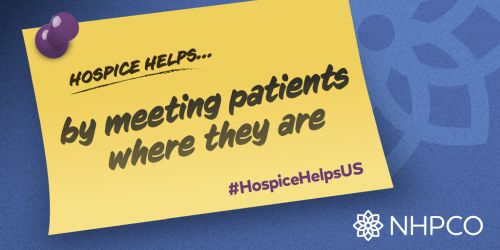 Meeting patients where they are
Meeting patients where they are
Hospice providers are specially trained to address pain and symptoms, focus on comfort, and support the emotional and spiritual needs of patients at the end of life. Hospice care starts with a goals-of-care conversation that shapes an individual care plan for each patient, which is implemented by an interdisciplinary team.
Learn more: Learn more about hospice care on CaringInfo.org.
Share: Retweet this
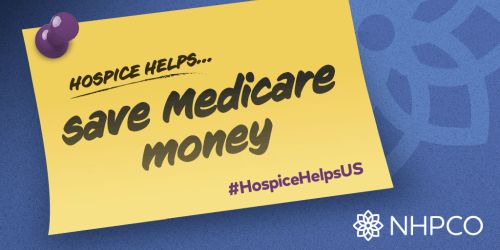 Taxpayer savings
Taxpayer savings
Researchers have found that patients who receive hospice care cost Medicare less in the last three months of life than their counterparts who don’t receive hospice care.
Details: See a 2022 study published in the Journal of the American Medical Association (JAMA) for more information.
Share: Retweet this
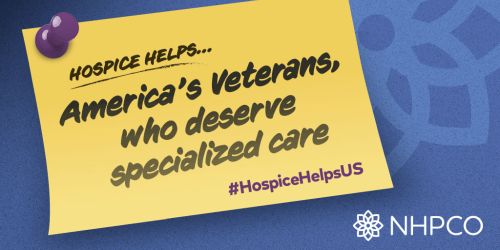 Veteran-specific care
Veteran-specific care
Veterans and their families have unique needs and experiences in the end-of-life journey. Through the We Honor Veterans program – a partnership between the National Hospice and Palliative Care Organization and the Department of Veterans Affairs – staff members at more than 3,500 hospices and community partners have received specialized training and education to support Veterans and their families.
Learn more: Visit www.wehonorveterans.org.
Share: Retweet this
